People believe that the first video game console that came out was the Atari in 1977. Well no. The first video game console that ever came out was in 1967 with a console called the “brown box” created by Ralph H. Baer. The console only contained six games at the time and could be plugged into any ordinary TV set. In 1972 the Magnavox Odyssey was released. Just like the Brown Box, both consoles was silent in sound production and had poor graphics. In 1975-1977, Atari made a home console after it’s 1973 PONG arcade machine. Atari competed with the Odyssey consoles knocking Odyssey out and opening up a chance for other programmers to create there own consoles. 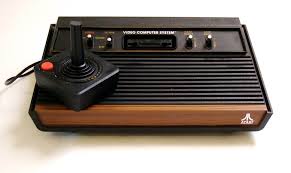 In 1978-1980, Nintendo entered the industry with color TV game series available only in Japan. The consoles followed in the footsteps of Atari and featured pong-style games. A few more developers stepped in as well but among all the competition of upgraded consoles of Odyssey and a few others, Atari Stayed at the top with the best graphics and games. The golden age of video games started in 1981-1985. This era included advanced gaming technology and is also known as the era when Mario (1983), Pac-Man (1980), The Legend of Zelda (1986), Final Fantasy (1987), and Golden Axe (1988) was born. Sega and Nintendo dominated the industry at this time. Atari and a few other known companies released new consoles but were dominated by the competition and ended with their last home consoles.
In 1978-1980, Nintendo entered the industry with color TV game series available only in Japan. The consoles followed in the footsteps of Atari and featured pong-style games. A few more developers stepped in as well but among all the competition of upgraded consoles of Odyssey and a few others, Atari Stayed at the top with the best graphics and games. The golden age of video games started in 1981-1985. This era included advanced gaming technology and is also known as the era when Mario (1983), Pac-Man (1980), The Legend of Zelda (1986), Final Fantasy (1987), and Golden Axe (1988) was born. Sega and Nintendo dominated the industry at this time. Atari and a few other known companies released new consoles but were dominated by the competition and ended with their last home consoles. 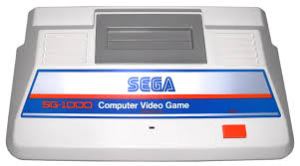
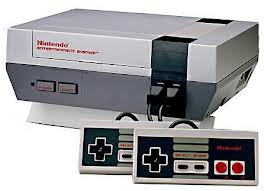 1986-1990 Sega and Nintendo were in a console war. Sega’s success of all time was the Mega Drive/Genesis in 1988. Two years later Nintendo hit the markets with the Super Nintendo entertainment system. These two were the major console war that occurred in the 80’s.
1986-1990 Sega and Nintendo were in a console war. Sega’s success of all time was the Mega Drive/Genesis in 1988. Two years later Nintendo hit the markets with the Super Nintendo entertainment system. These two were the major console war that occurred in the 80’s. 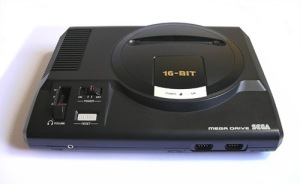
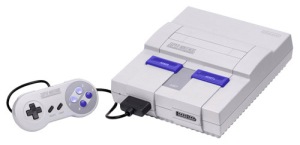 In 1991- 1993 the industry met its first CD running console launched by Phillips, the CD-i. Unfortunately, it was a failure. Other consoles tried to conpete but lost to Sega’s CD release. In 1994-1997, Sony made its entrance with the PlayStation. Sega continued its series by releasing a Genesis 2 and 3 while Nintento stuck with cartridges with its Nintendo 64.
In 1991- 1993 the industry met its first CD running console launched by Phillips, the CD-i. Unfortunately, it was a failure. Other consoles tried to conpete but lost to Sega’s CD release. In 1994-1997, Sony made its entrance with the PlayStation. Sega continued its series by releasing a Genesis 2 and 3 while Nintento stuck with cartridges with its Nintendo 64. 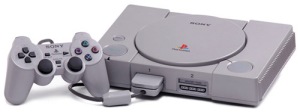
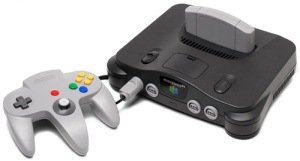 In the 1998-2004 period, Sega released another console, Sega Dreamcast (1998). Two years later, Sony began to progress with its next PlayStation, PlayStation 2 in 2001. Nintendo released the GameCube while Microsoft entered the industry the same year with the Xbox and the online gaming service, Xbox Live.
In the 1998-2004 period, Sega released another console, Sega Dreamcast (1998). Two years later, Sony began to progress with its next PlayStation, PlayStation 2 in 2001. Nintendo released the GameCube while Microsoft entered the industry the same year with the Xbox and the online gaming service, Xbox Live. 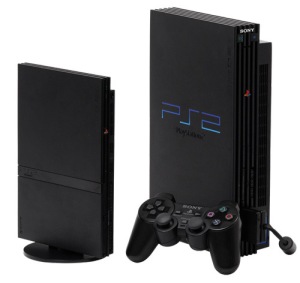
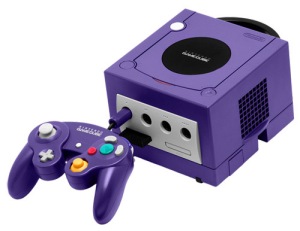
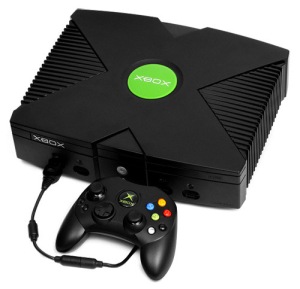 From 2005-2011, the video game console industry only has room for three major competitors, Sony, Microsoft, and Nintendo with the Xbox 360, Playstation 3, and Nintendo Wii.
From 2005-2011, the video game console industry only has room for three major competitors, Sony, Microsoft, and Nintendo with the Xbox 360, Playstation 3, and Nintendo Wii. 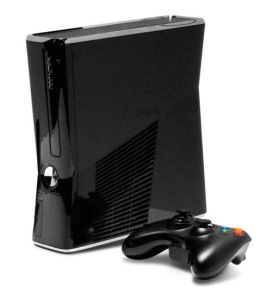
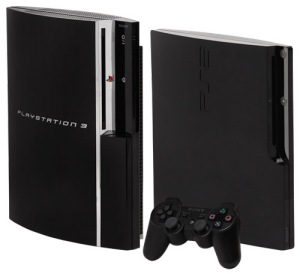
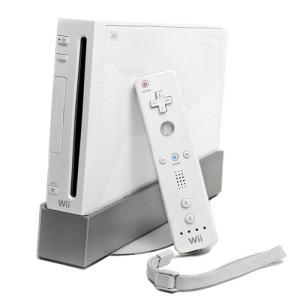 All three consoles contained add-on features that used physical movement such as the kinect for Xbox 360, Move for PlayStatin 3, and Motion Plus for the Nintendo Wii. The PC also entered the industry. As of now, the competition still continues in 2013 through 2014 with Sony’s PlayStation 4, Microsoft’s Xbox one, and Nintendo’s Wii U.
All three consoles contained add-on features that used physical movement such as the kinect for Xbox 360, Move for PlayStatin 3, and Motion Plus for the Nintendo Wii. The PC also entered the industry. As of now, the competition still continues in 2013 through 2014 with Sony’s PlayStation 4, Microsoft’s Xbox one, and Nintendo’s Wii U. 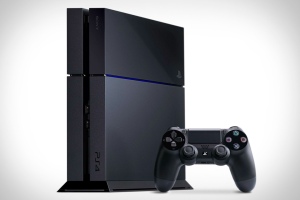
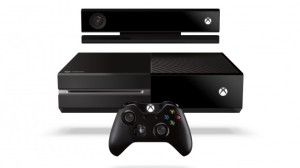
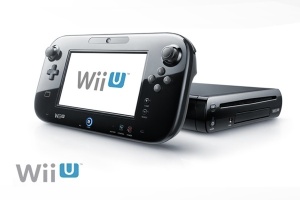 The industry lasted a long time and is still growing today with new and advanced gaming technology.
The industry lasted a long time and is still growing today with new and advanced gaming technology.
http://www.hongkiat.com/blog/evolution-of-home-video-game-consoles-1967-2011/
http://www.neiu.edu/~cjhudso2/timetable.htm